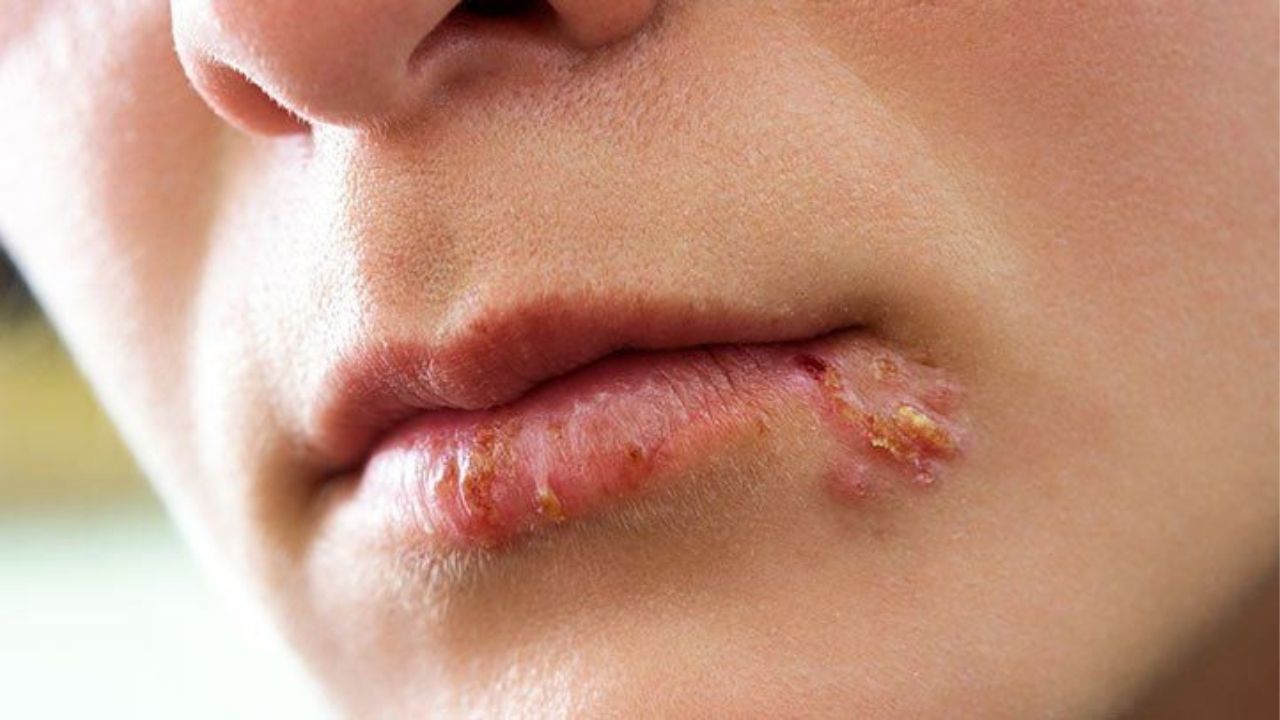CHANDIGARH
Fever blisters, commonly known as cold sores, are a frequent viral illness. On and around your lips, there are tiny, fluid-filled blisters. These blisters are frequently found in patches. A scab forms when the blisters split, which might last many days. Cold sores normally heal without leaving a scar in two to three weeks.
Close touch is how cold sores spread from person to person. Herpes simplex virus type 1 (HSV-1) and herpes simplex virus type 2 (HSV-2) are the most common causes (HSV-2). Both of these viruses have the potential to infect your mouth and genitals.
Antiviral medications or lotions prescribed by a doctor might speed up the healing of sores. They also have the potential to lessen the incidence, duration, and severity of subsequent outbreaks.
Symptoms
In most cases, a cold sore goes through various stages:
For a day or so, many patients experience itchiness, burning, or tingling around their lips before a small, hard, painful patch forms and blisters erupt.
Typically, little fluid-filled blisters emerge along the lip’s edge. They might appear around the nose, on the cheekbones, or even inside the mouth.
Oozing and crusting are two words that come to mind when I think of oozing
Small blisters may swell together and then break, leaving shallow open wounds that drip and crust over.
Symptoms to add:
- Fever
- Gums that hurt
- Throat irritation
- Headache
- Muscle pain
- Lymph nodes swollen
Causes
- Certain strains of the herpes simplex virus cause cold sores (HSV).
- Cold sores are usually caused by HSV-1.
- Genital herpes is mainly caused by HSV-2. Close contact, such as kissing or oral sex, can spread any kind to the face or genitals. HSV-1 can also be transferred through shared eating utensils, razors, and towels.

 हिंदी
हिंदी






